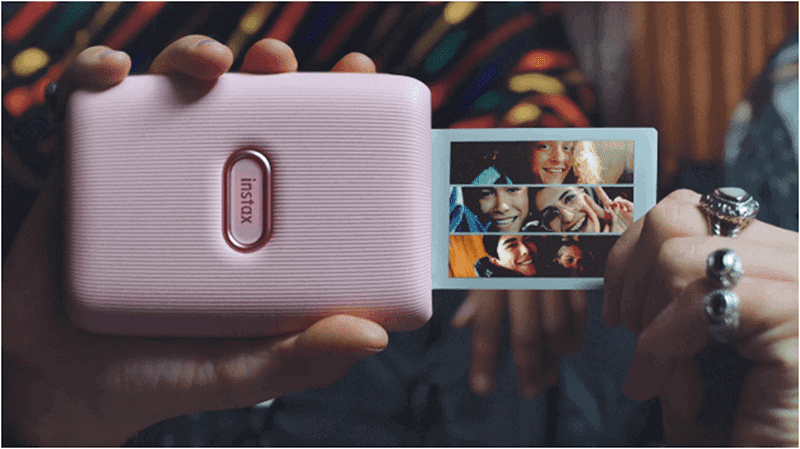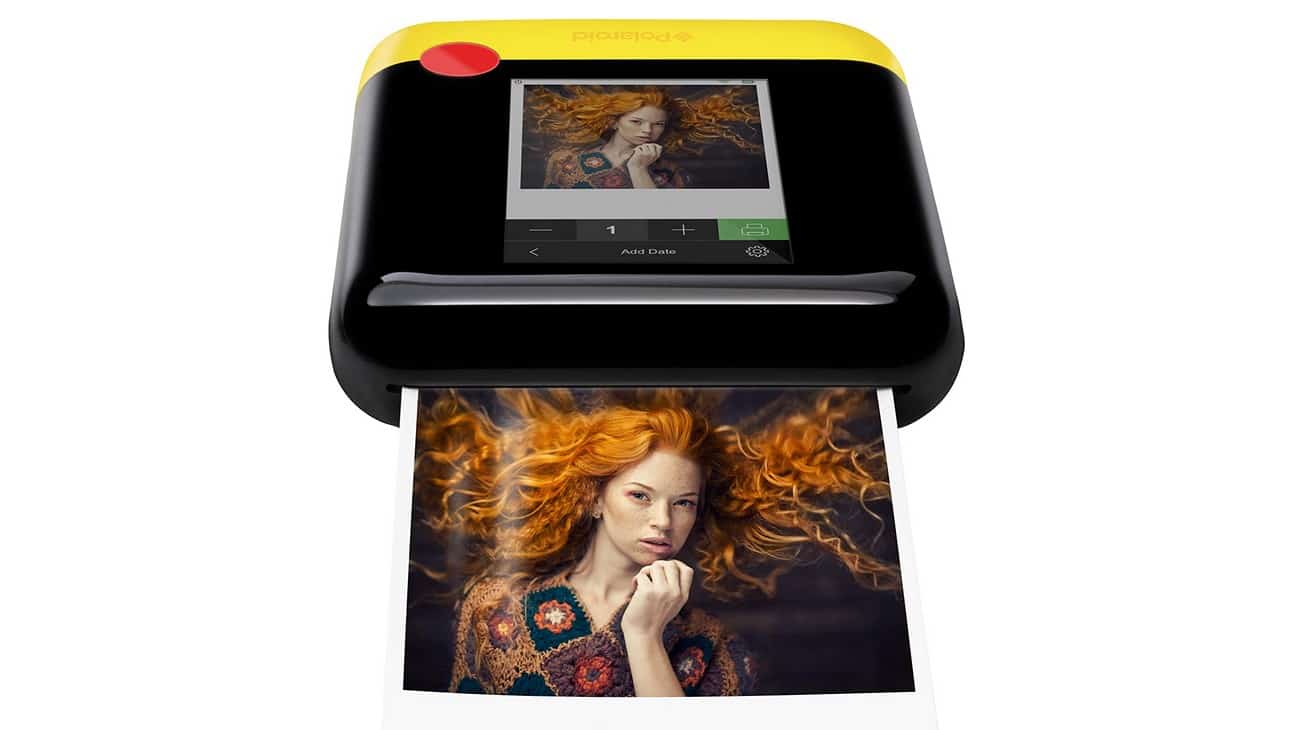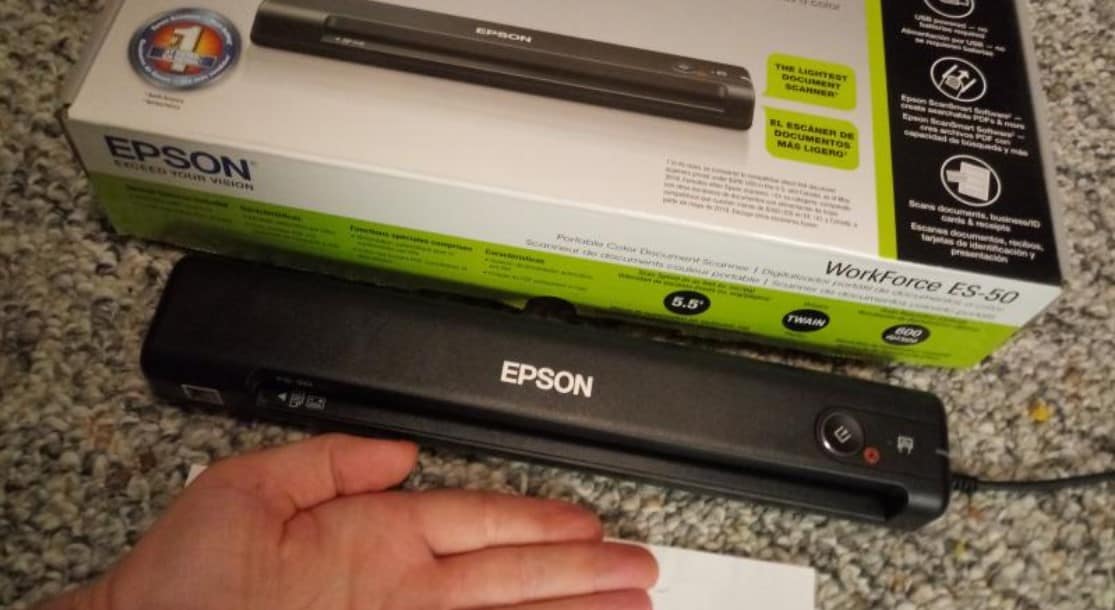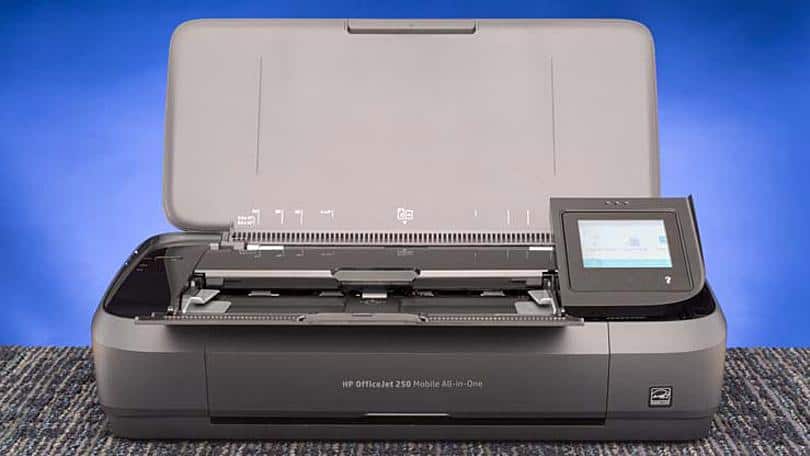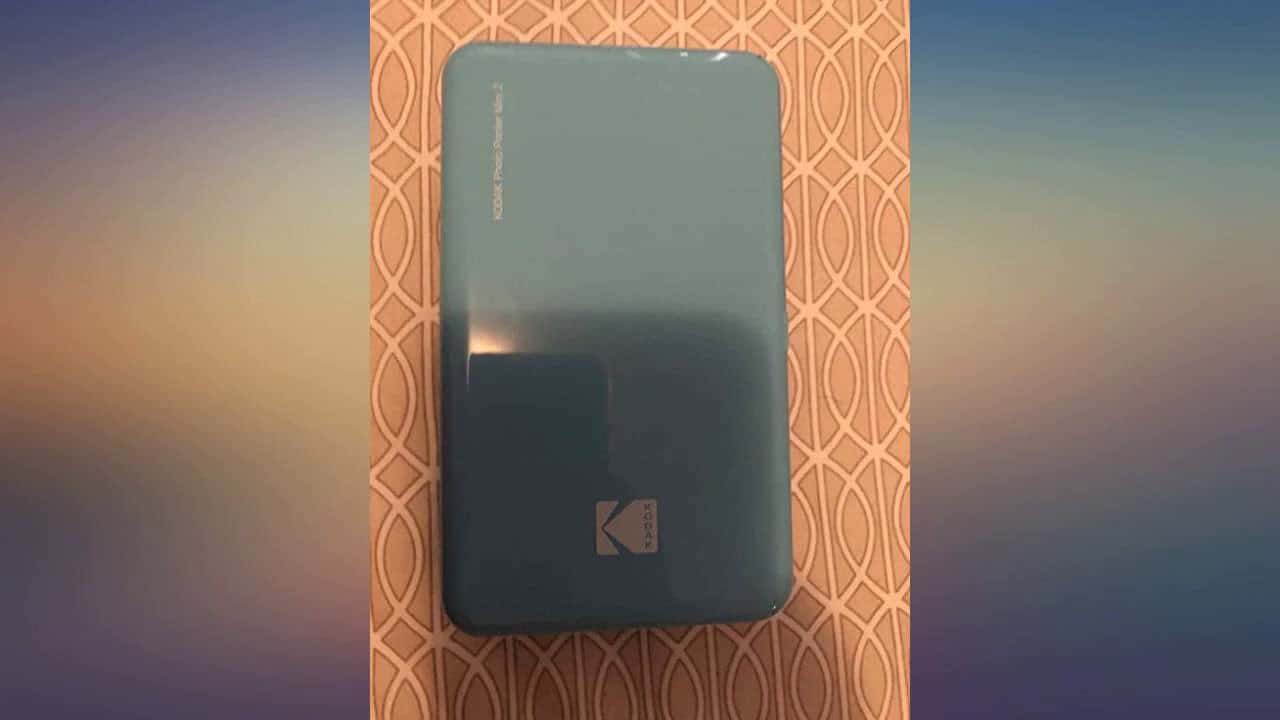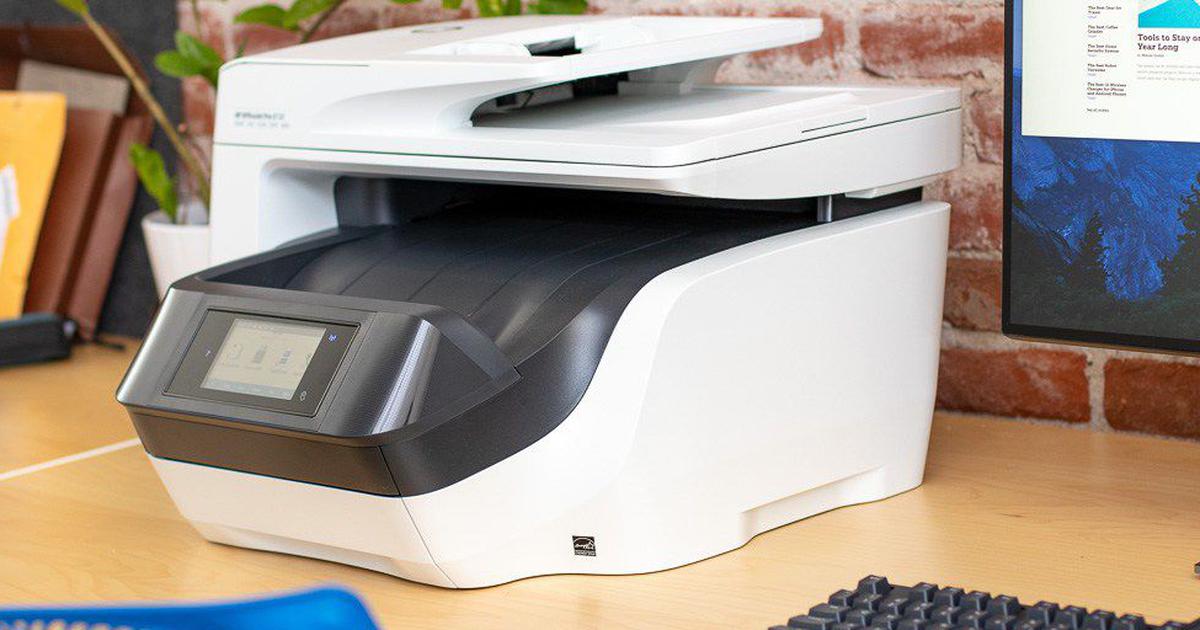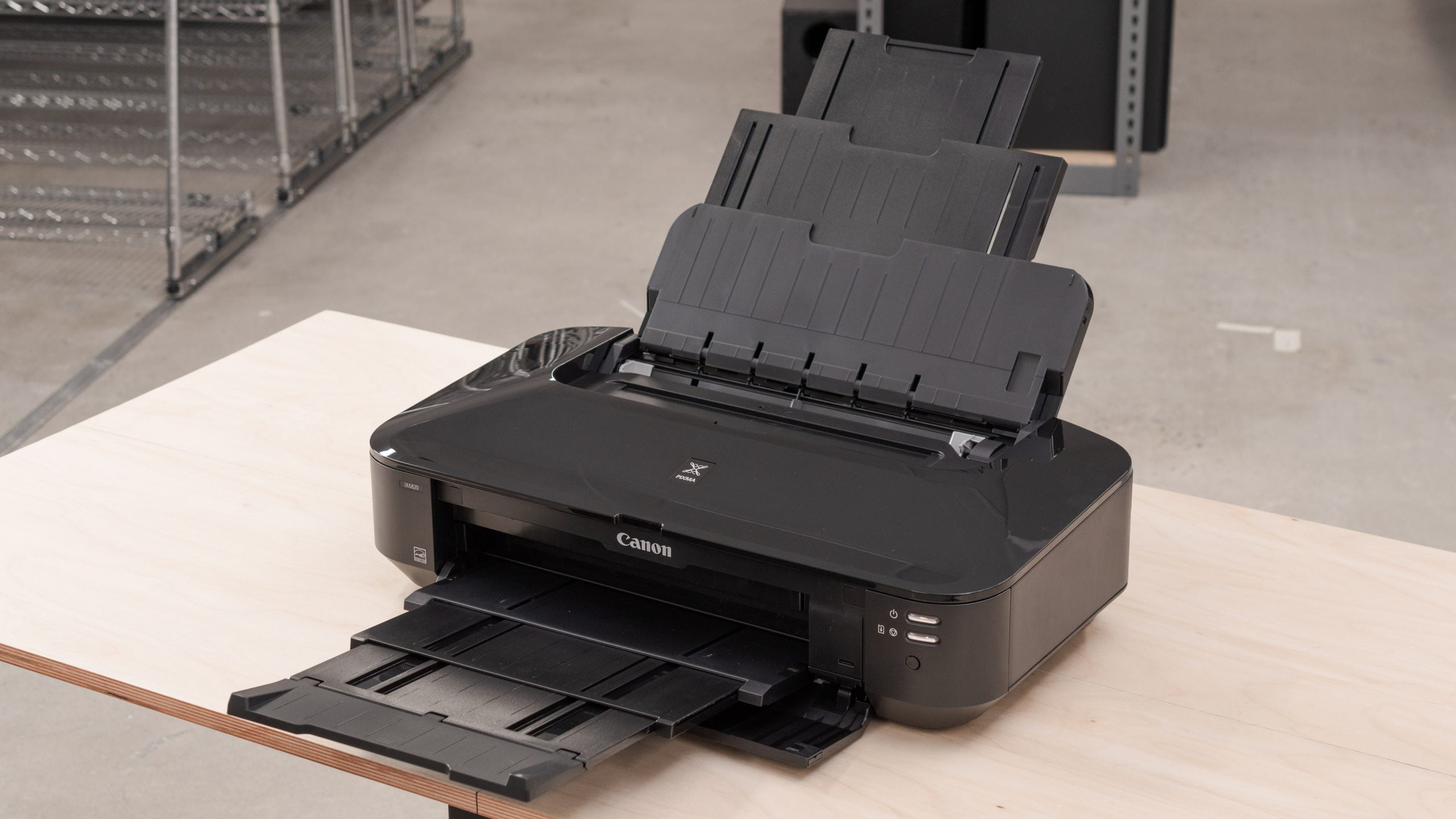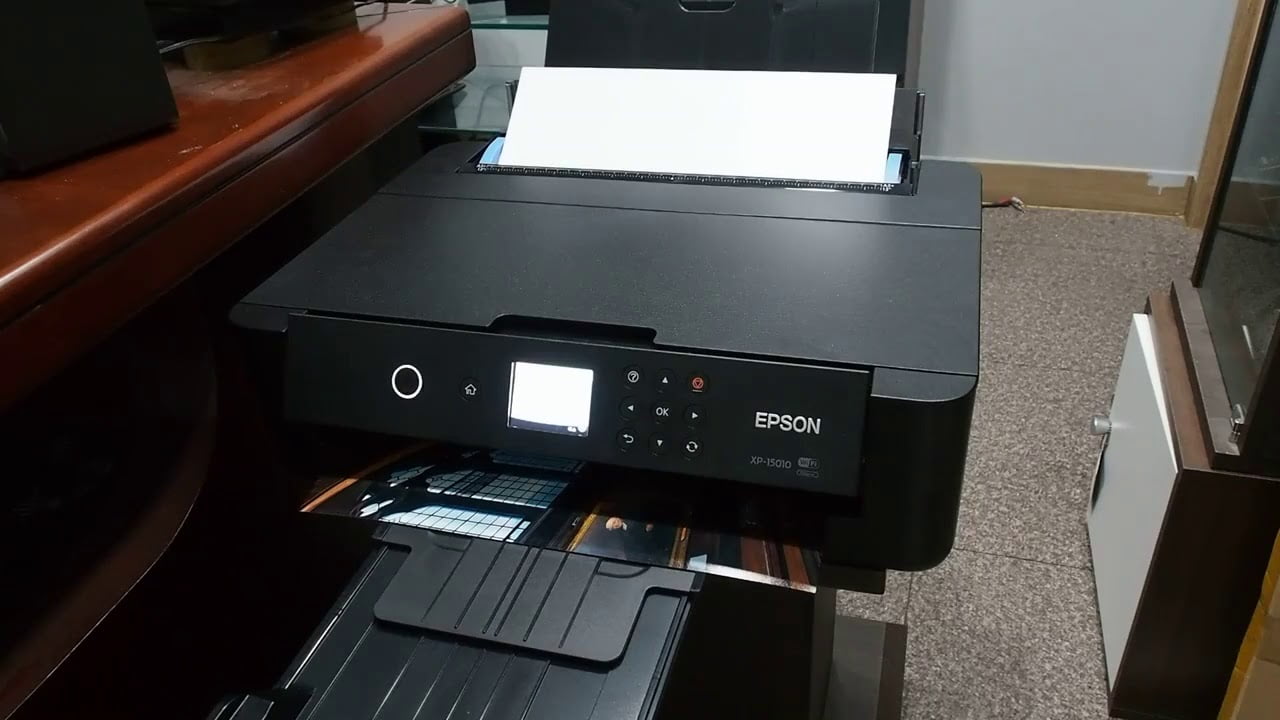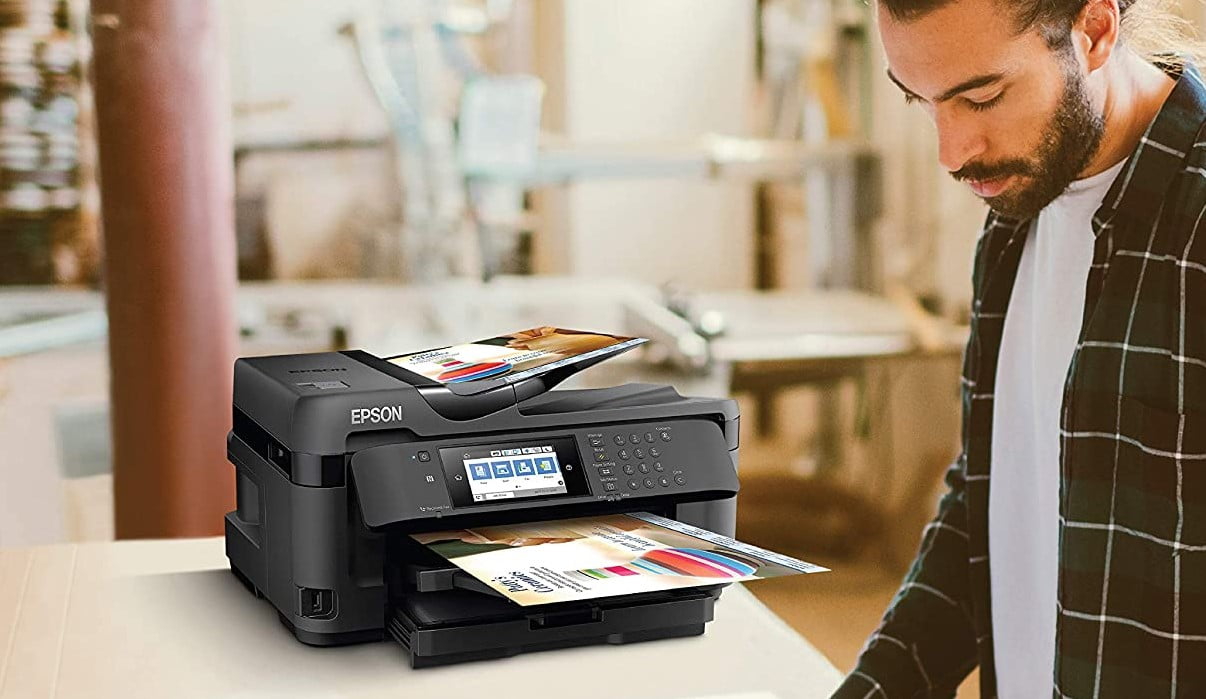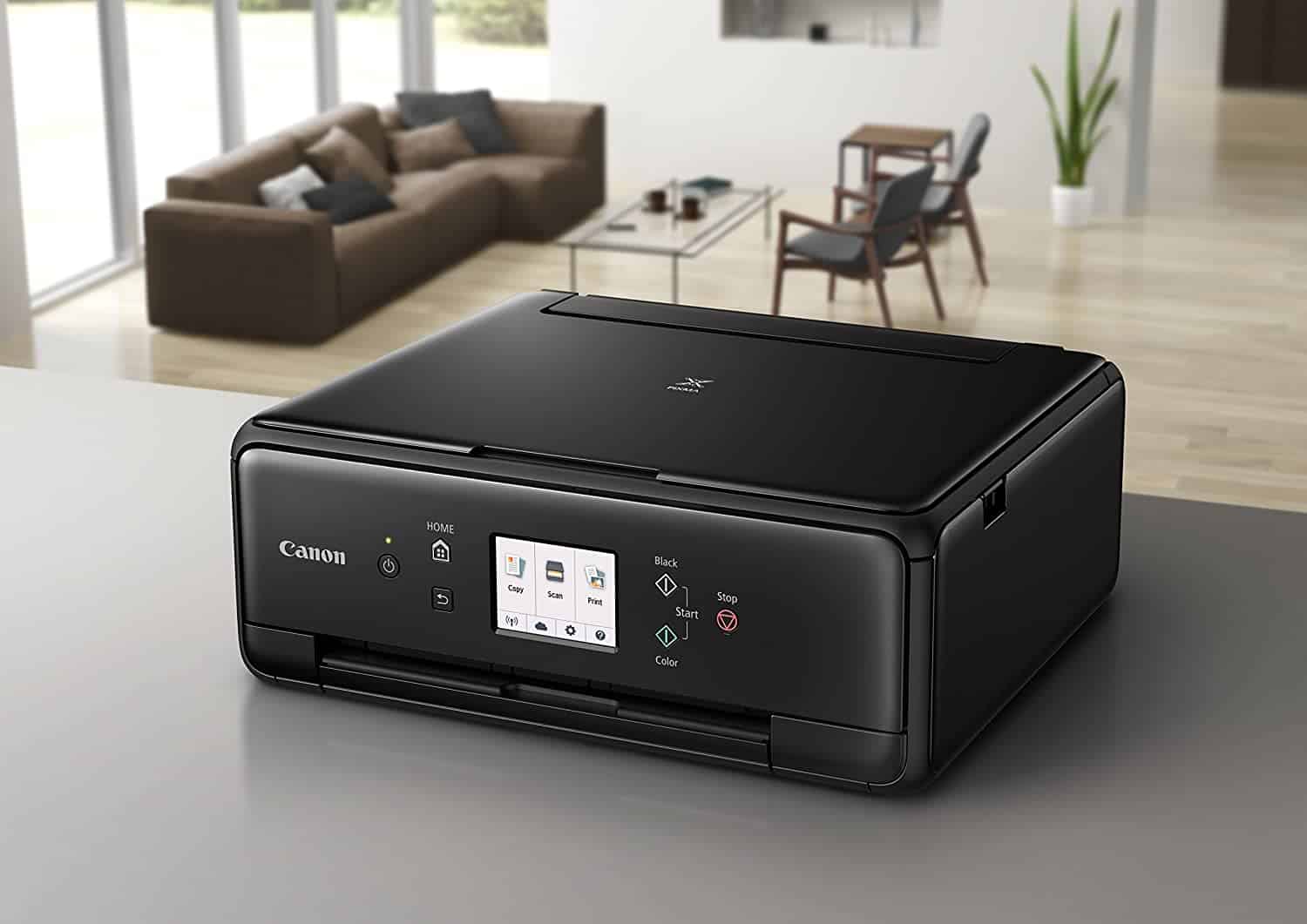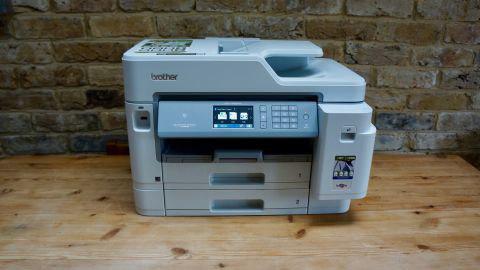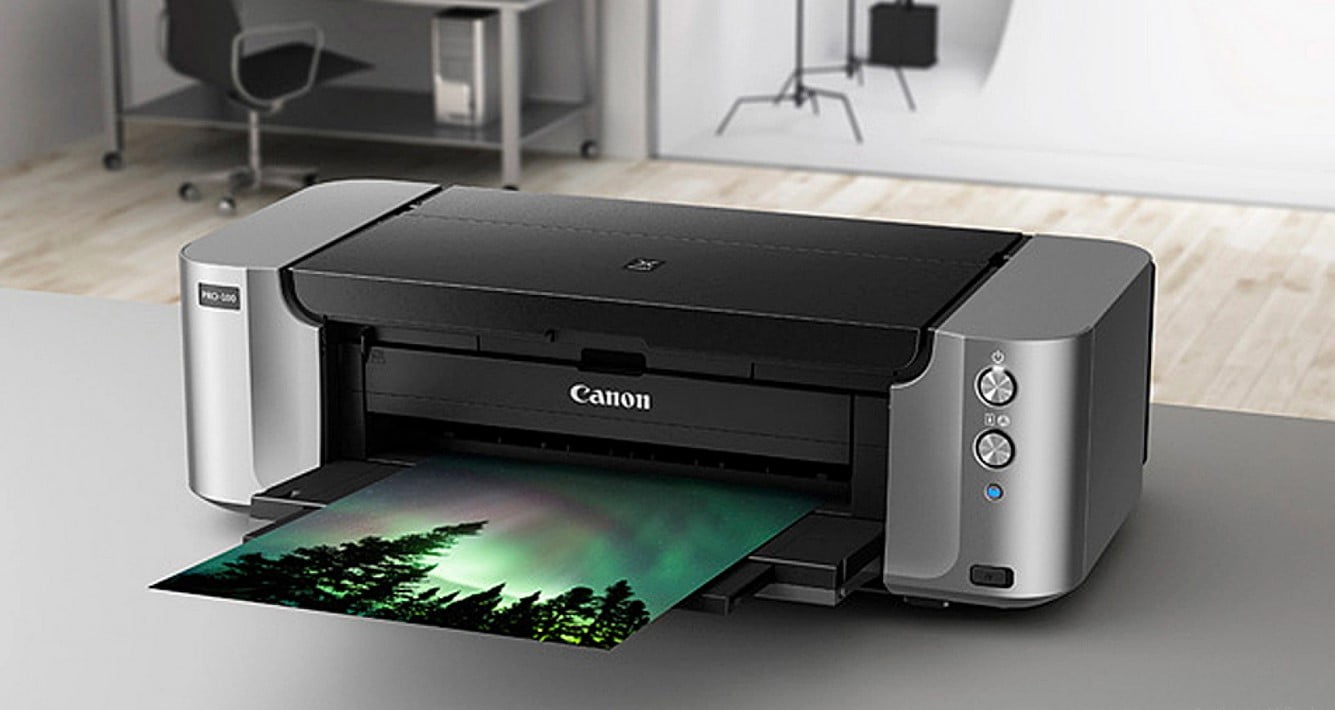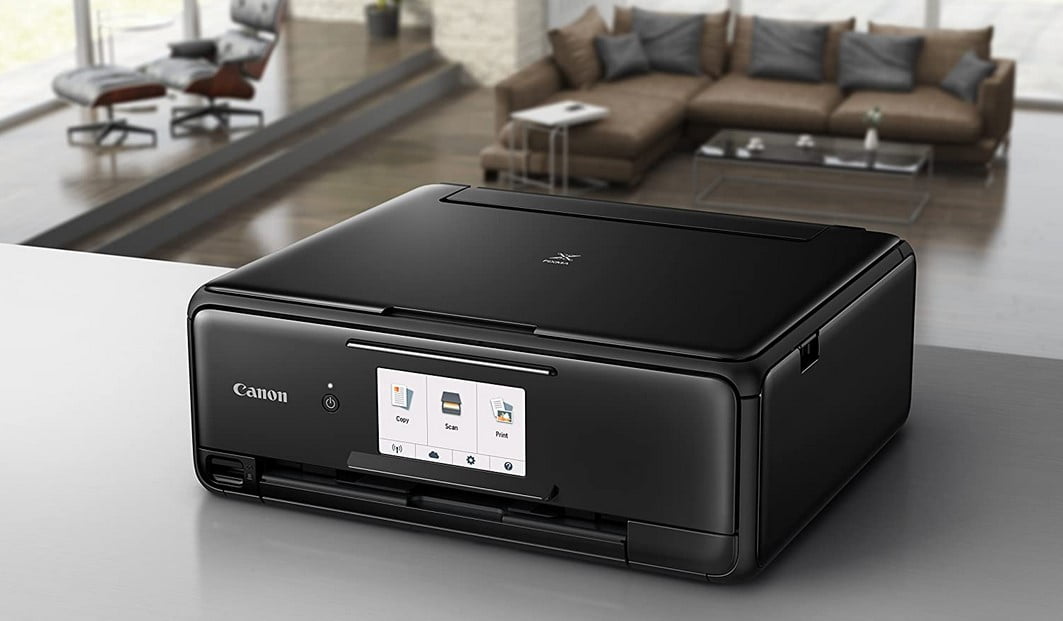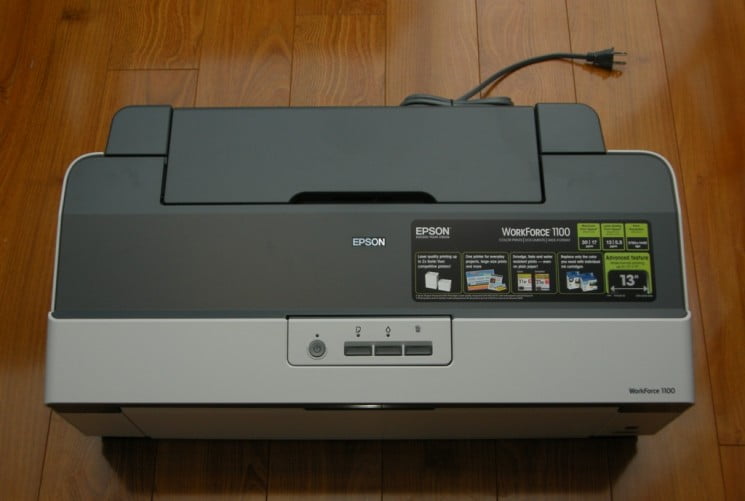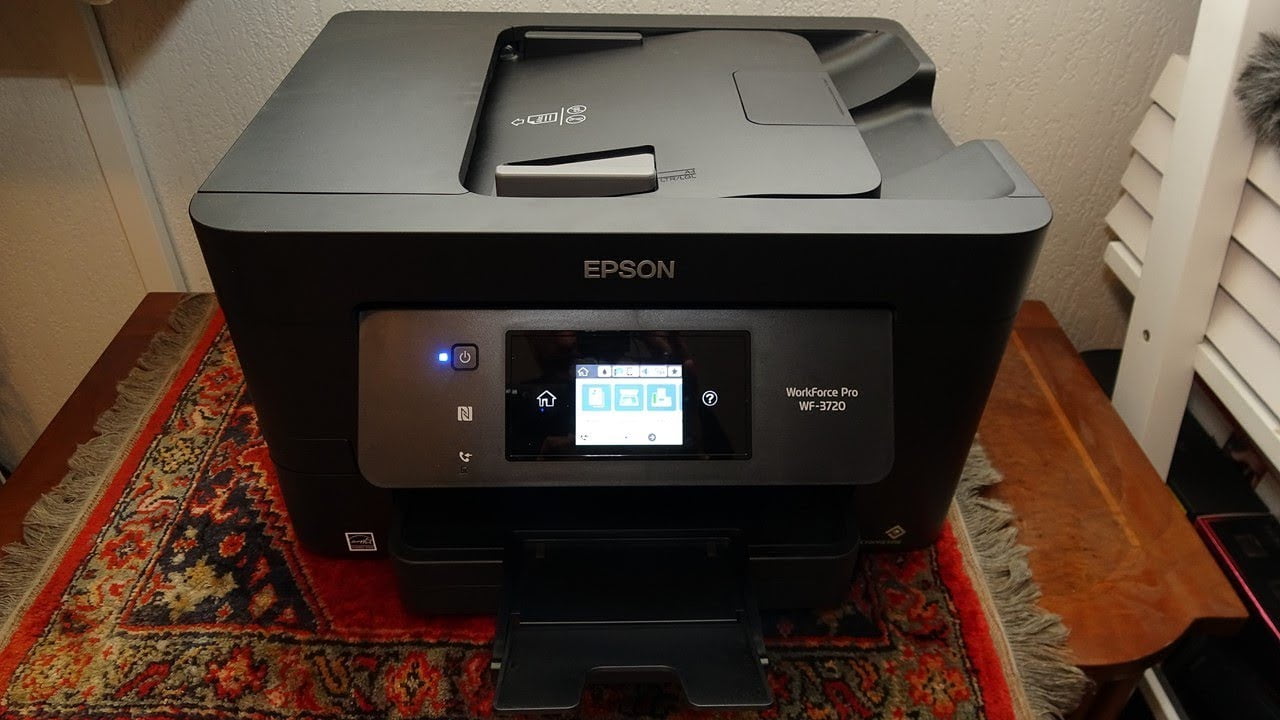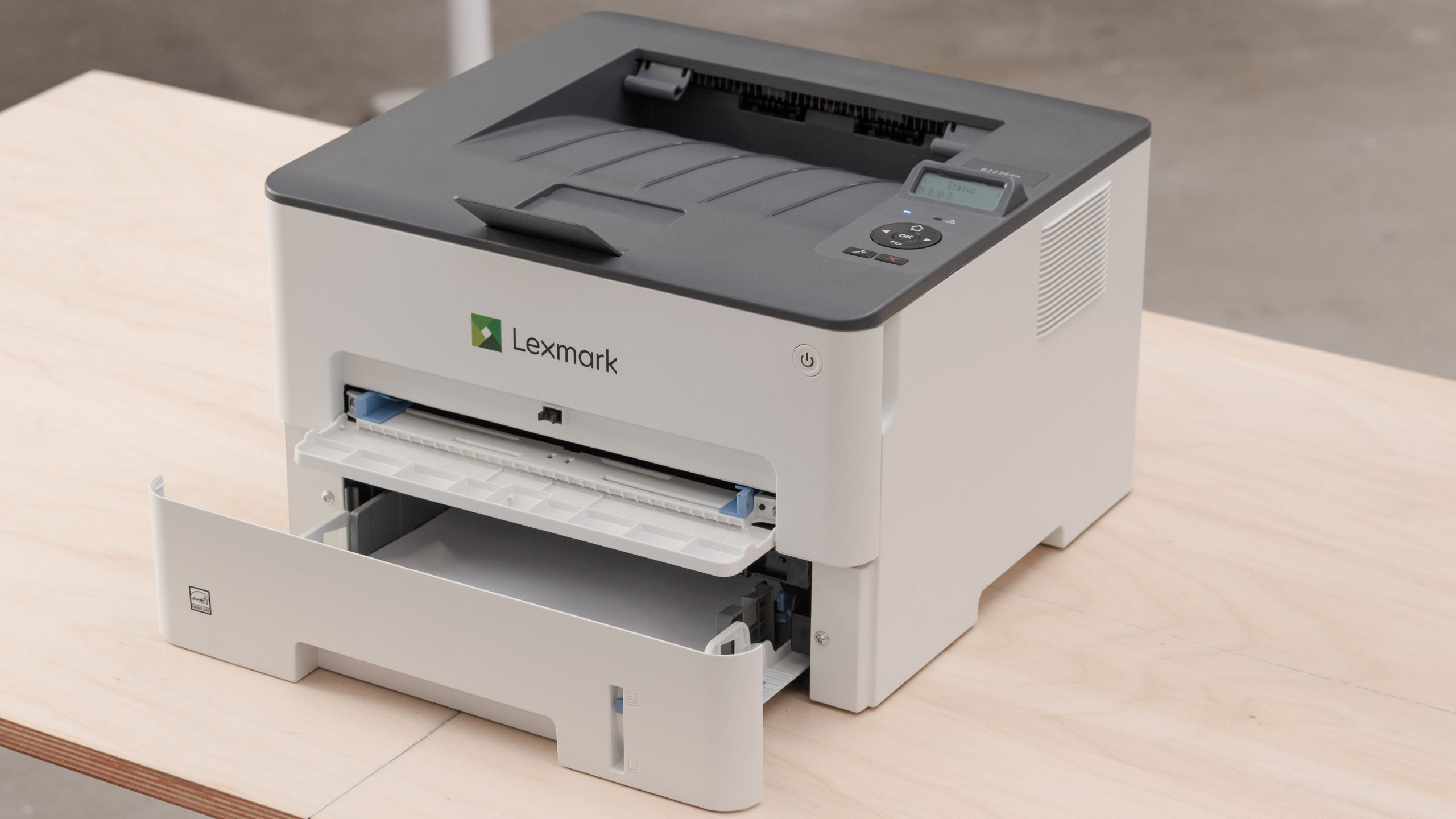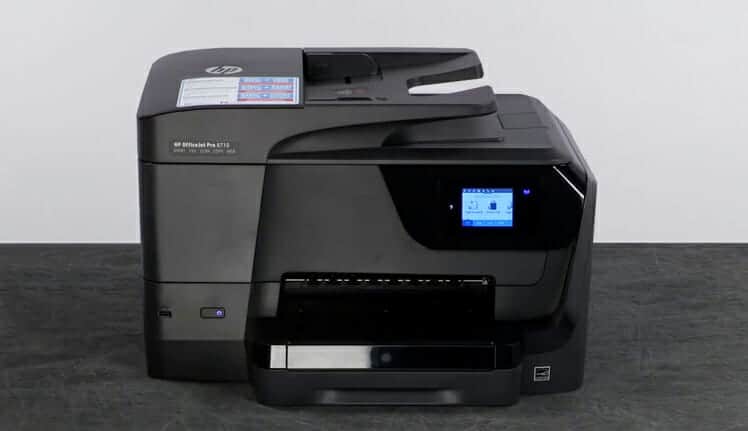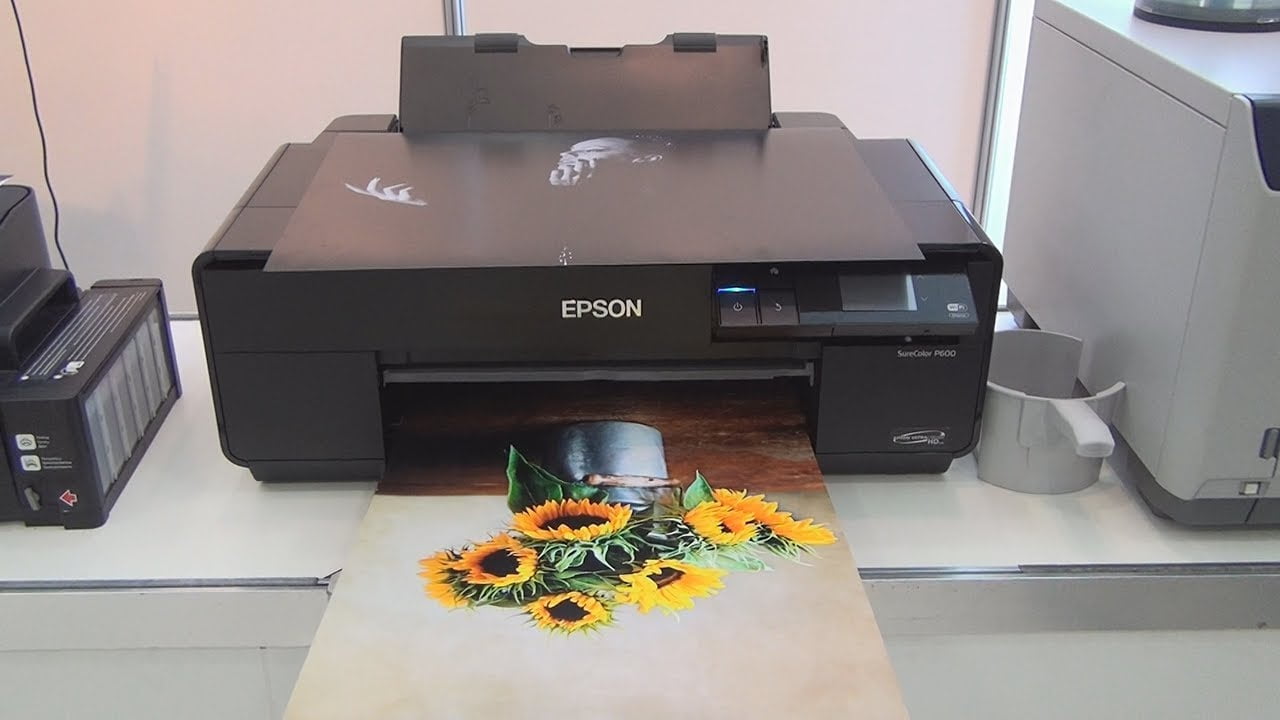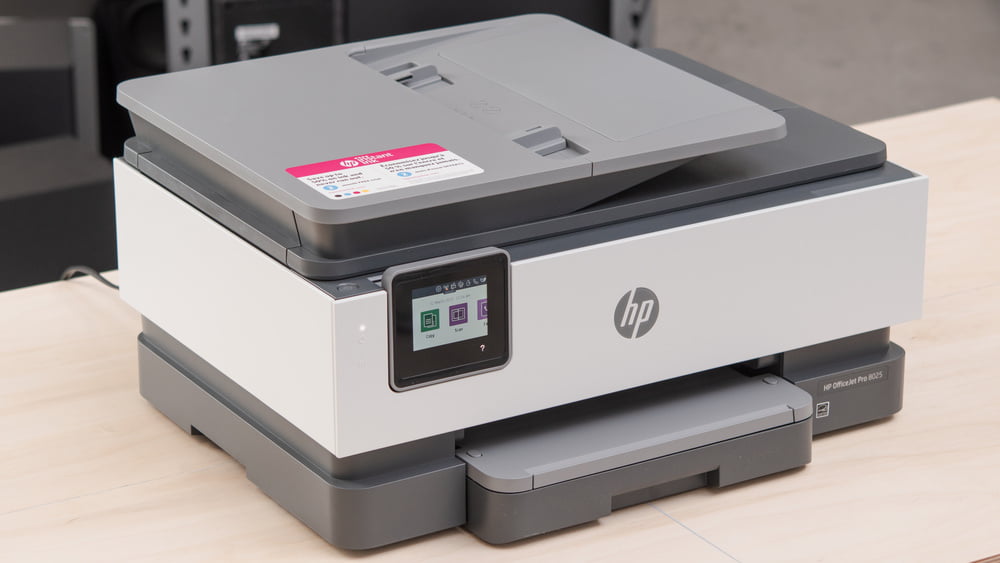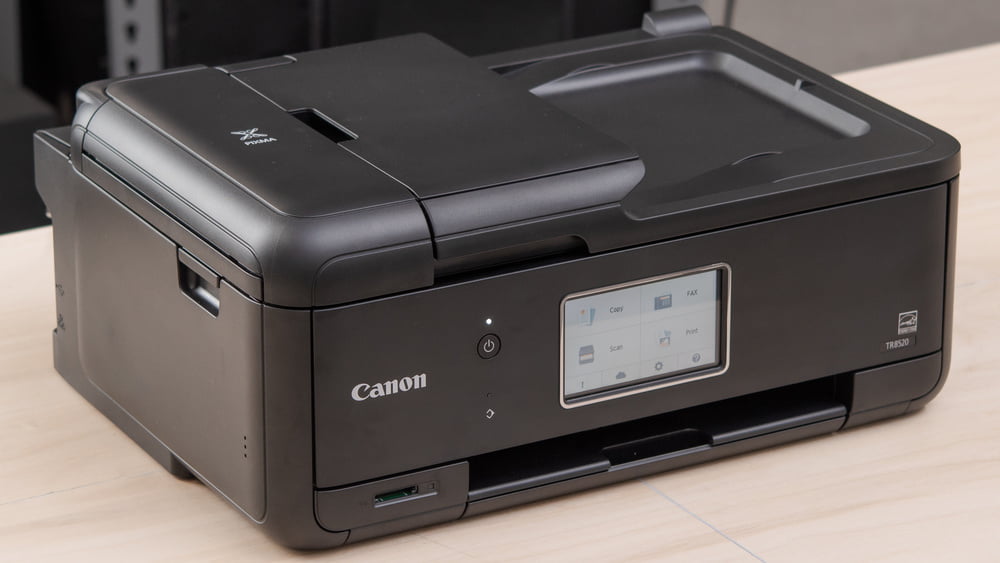If you’re shopping for the best printer, you may wonder if a Wi-Fi or wired network printer is the best choice for your desktop computer or office printer setup. While the wired printer was once the industry standard, wireless technology allows us to complete incoming print jobs without messy cable clutter running across the office. So, if you want the right printer type for every print job, read this guide to ethernet printers vs wireless network printers.
KEY TAKEAWAYS:
- An ethernet printer connects to your local network via network cables and not a wireless connection.
- Wireless printers offer Wi-Fi printing, but modern models also print via Bluetooth or Wi-Fi direct.
- While a Wi-Fi printer offers more features and convenience than a wired model, ethernet printers provide a more stable connection with the network.
Comparing Network Ready Vs Wireless Printing
The main difference between wireless printing and a network connection is how these devices receive jobs. Unlike ethernet vs. USB printer connection methods that both use an extra cable, Wi-Fi and ethernet connections do not connect to the network in the same way.
Insider Tip
If your printer does not print, try a hard reset by unplugging it. Software issues can develop over time, but a hard reboot fixes them most of the time.
You connect a wireless printer to your Wi-Fi network, just like any other wireless device. For this reason, you can print from computers, tablets, or a cell phone. Unlike most direct connections, you do not need to be in the same room as your printer if you connect the portable device to the local network.
LAN printers use an ethernet cable to connect your computer or office device to the printer. Like a USB connection, you get a reliable connection speed that isn’t present on some Wi-Fi printing solutions. Much like wondering if compatible ink is as good as original cartridges, wireless and network printing usually hinges on the features you value.
Reliable Connection
While Wi-Fi is usually OK, it is an additional variable if your office printer starts to act up. A wired printer will be a more reliable network connection method regardless of your internet speeds. In addition, you do not need to worry about passwords or grant access to the correct users like you would with a wireless device. Lastly, you can still print over your local network if you lose internet access.
Printing Speed
Both printers will print at a similar speed once the unit receives the order. Assuming that your wireless network is stable and fast enough, you shouldn’t notice any significant differences in printing speed. That said, if your printer driver isn’t up to date, your wireless printing might be affected.
Read our guide to laser printers vs inkjet models if you’re concerned about printing speed. While your network will affect data transfer, the printing method and ink type will ultimately matter more.
Features
On average, ethernet printers are your cheapest option, but you will not get the features found in many wireless devices. Wi-Fi models offer built-in print features like Wi-Fi direct connection and printing from a handheld device or a Bluetooth-capable computer. So, if you want the most possible connections and features, go wireless.
Warning
Do not try to print the same document multiple times if it didn’t work at first. Check the printer and settings because your unit might freeze from an overloaded queue.
F.A.Q.S
Can the network printer be set up both wired and wireless at the same time?
Unfortunately, most printers will not allow multiple connection methods at once. That said, if you know your network details, it is simple to switch between wired and wireless printing.
How much less latency does ethernet offer?
Ethernet is an excellent choice if you’re concerned with competitive gaming or data security. That said, wireless internet is much more convenient across many mobile devices.
USB or network printing: which is best?
USB printing is an easy way to connect to your computer and works fine most of the time. That said, network printing grants you more features and control over your printers, like ink and queue monitoring.
STAT: According to IDC Forecasts, more than 6 million pages, even to fill 54 football fields, were printed every minute globally in 2019. COVID-19 is expected to remove print volume that would fill seven football fields every minute in 2020. (source)
REFERENCES:
- https://nasapeople.nasa.gov/coronavirus/peripheral_guidance_and_how_to_connect_a_home_printer.pdfc
- https://research.fairfaxcounty.gov/library-technology/wireless-printing
- https://www.youtube.com/watch?v=3bHAFhnTRp0r
- https://uis.georgetown.edu/adding-a-network-printer-to-your-windows/
- https://www.portlandoregon.gov/omf/article/651684

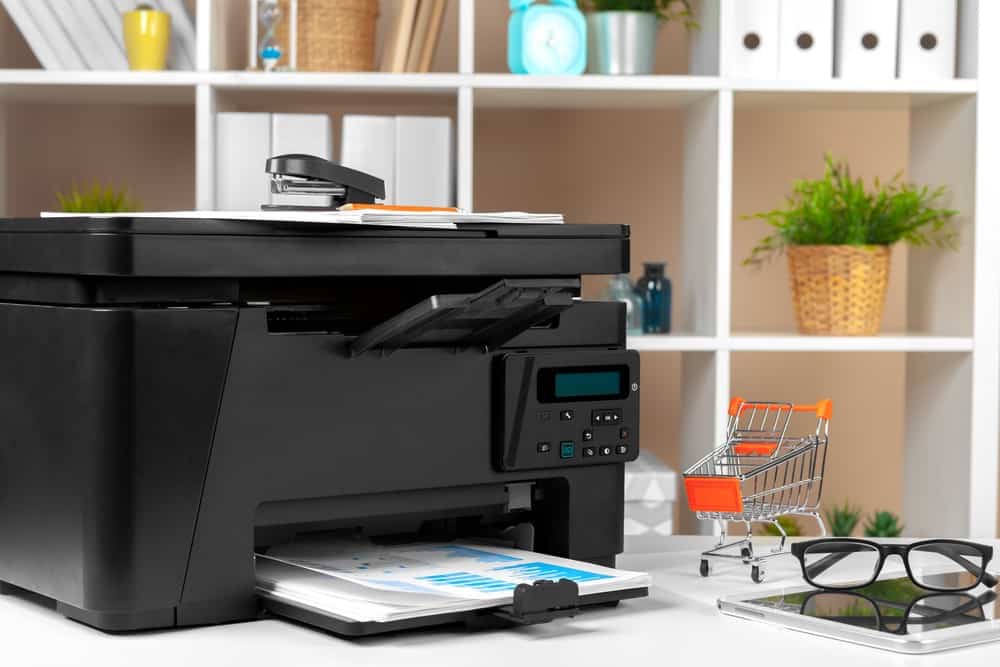













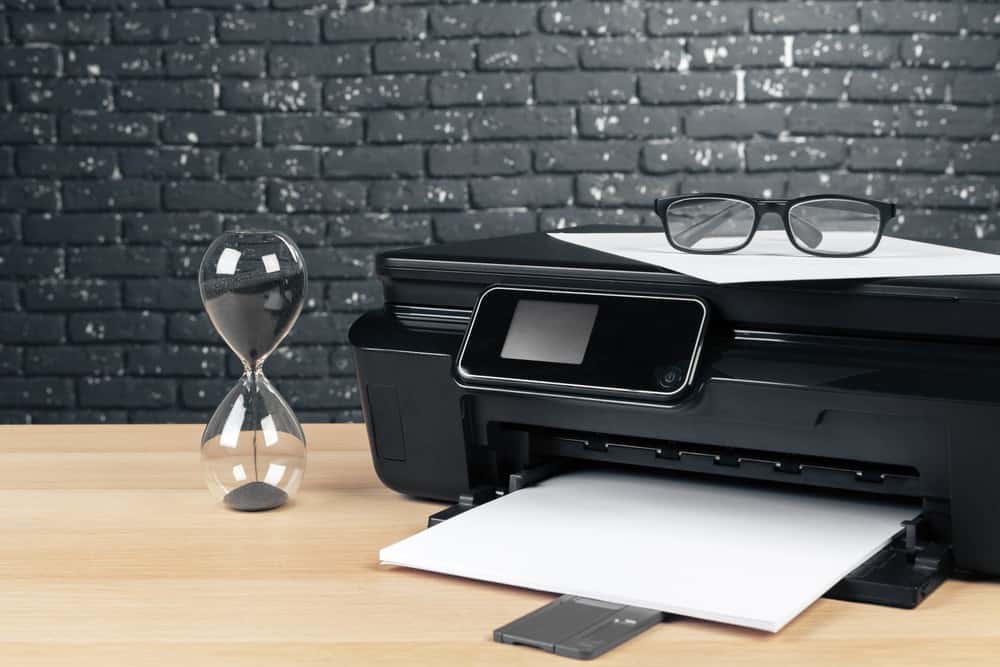
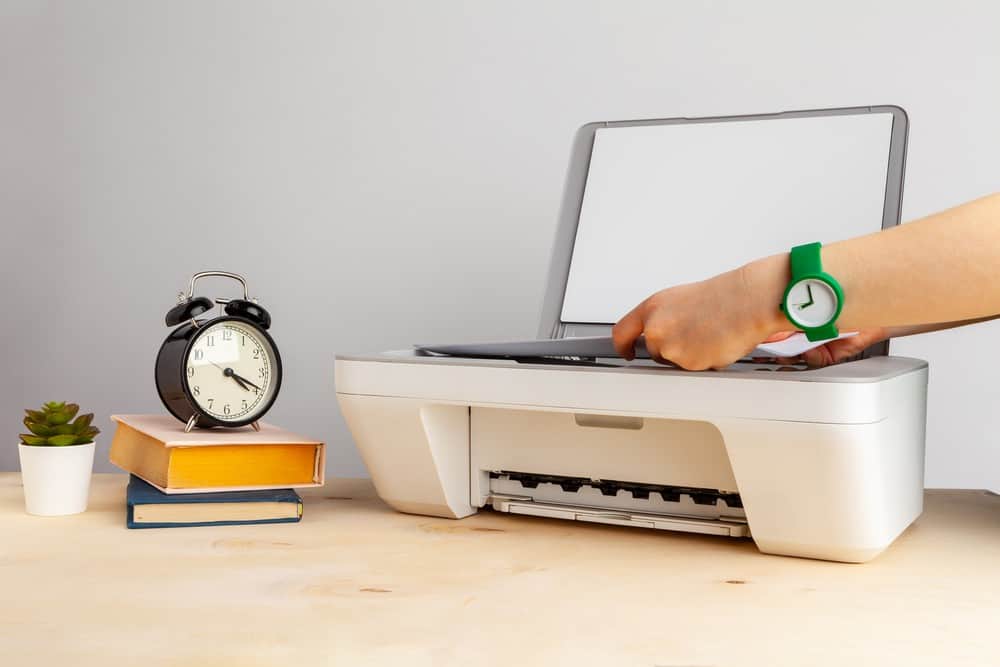
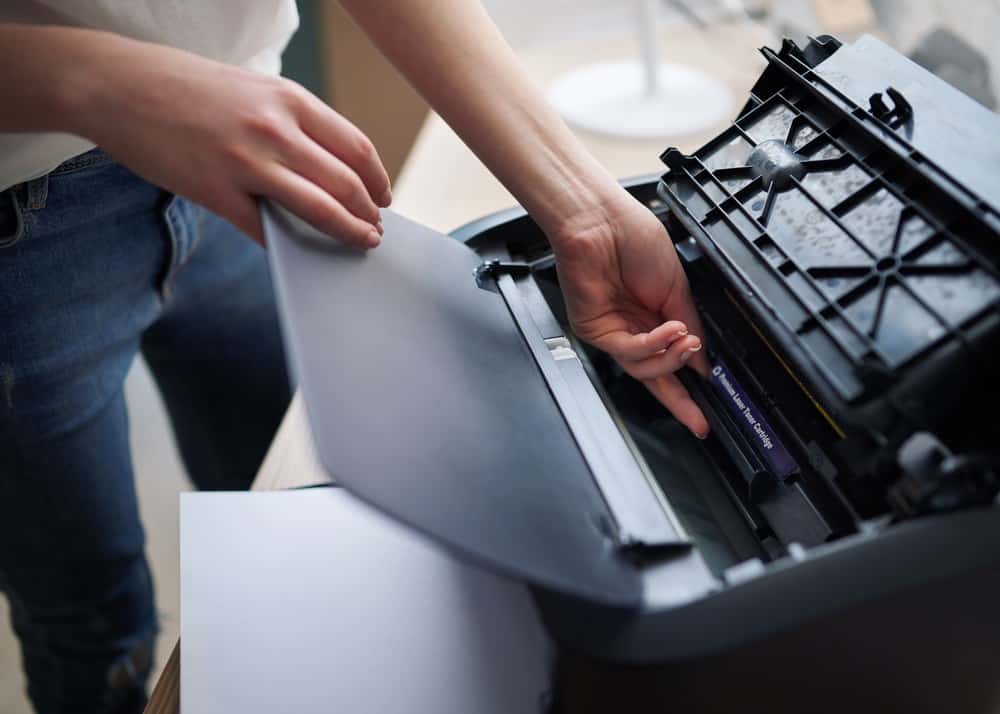
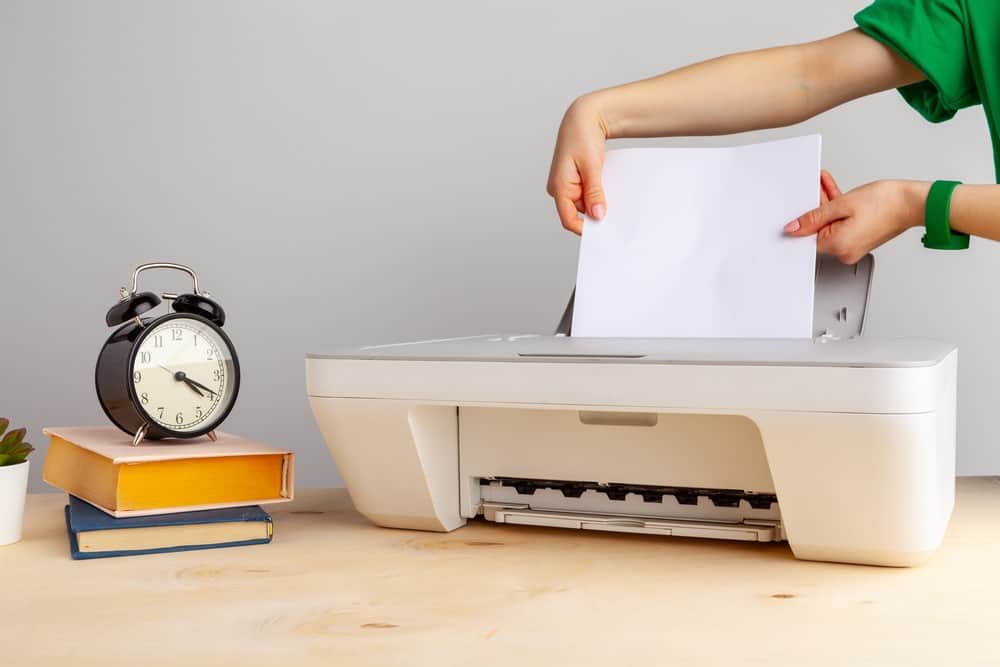
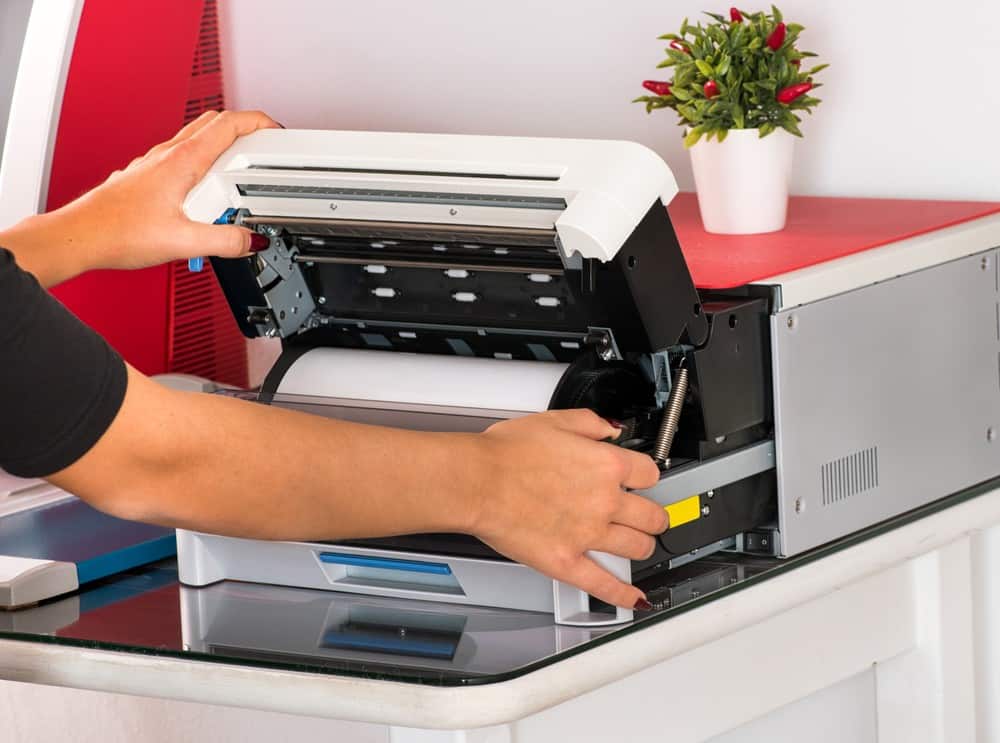


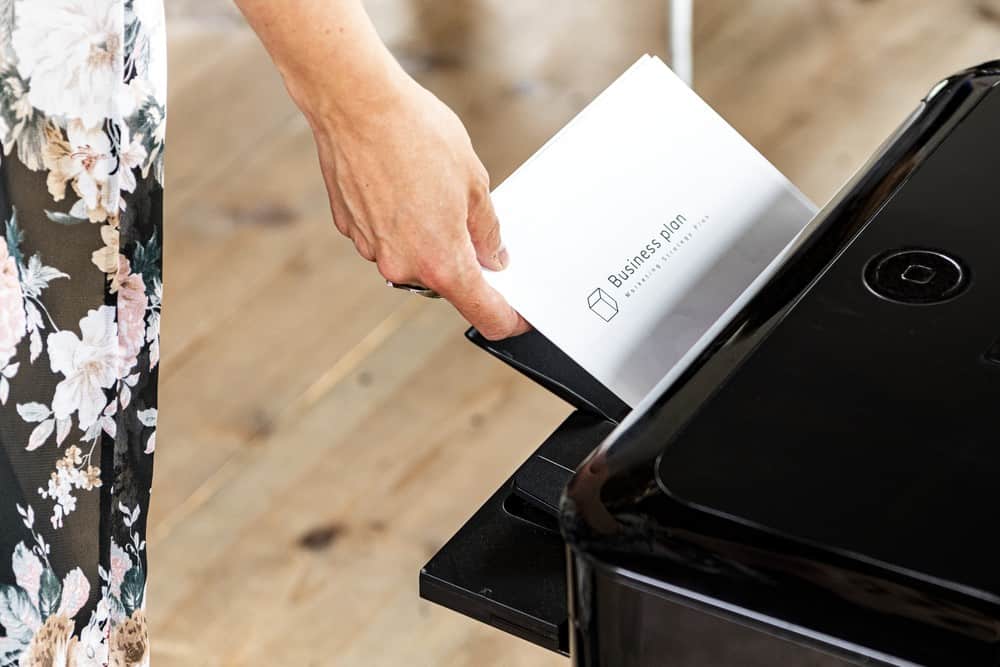
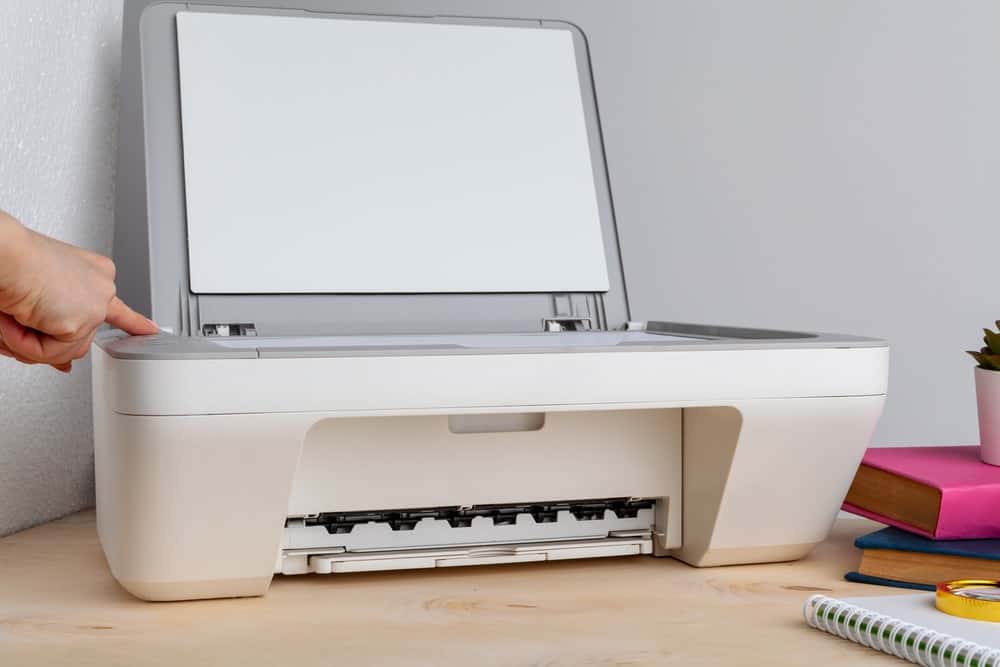
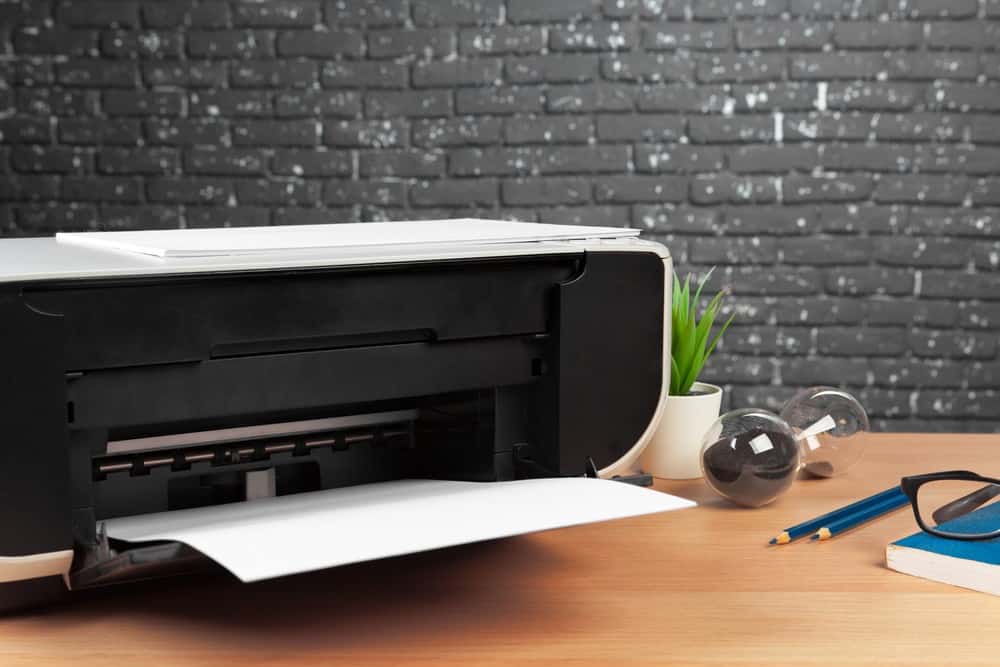
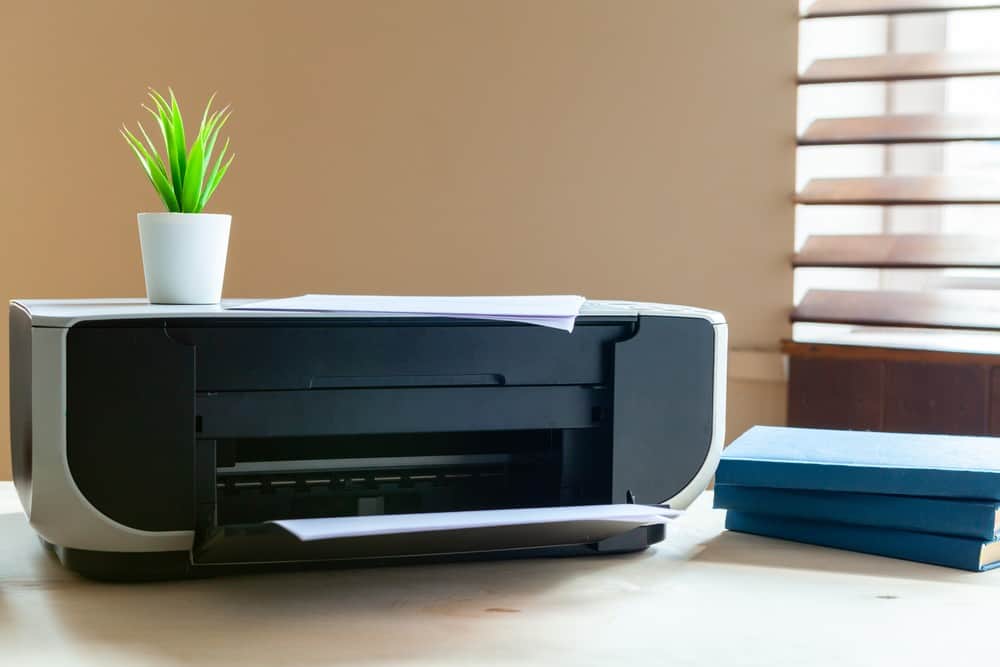
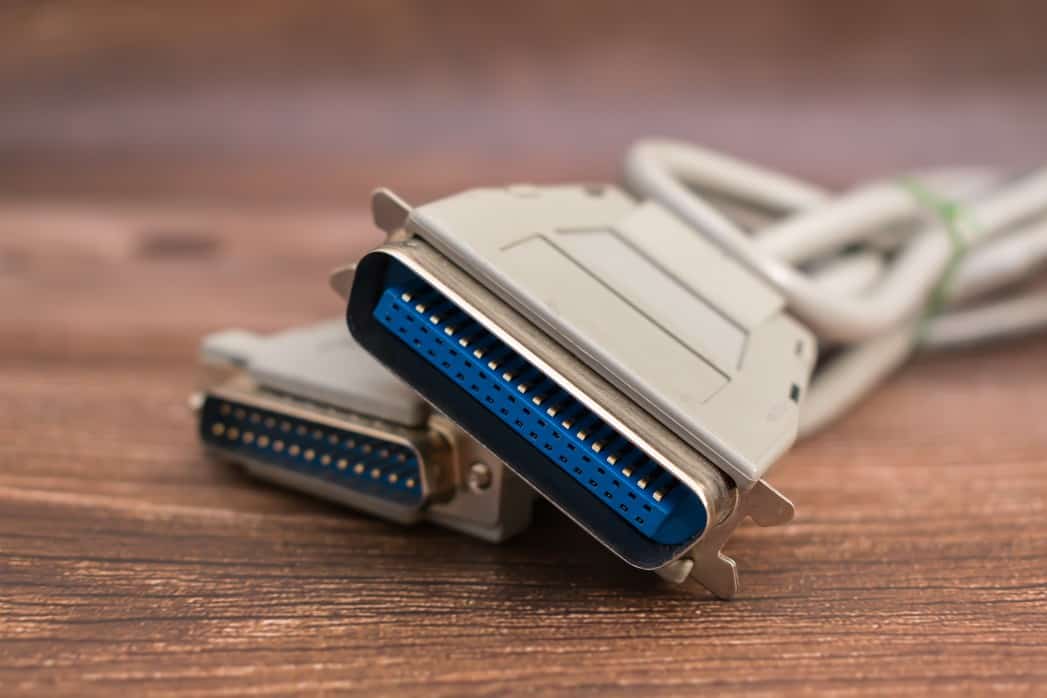
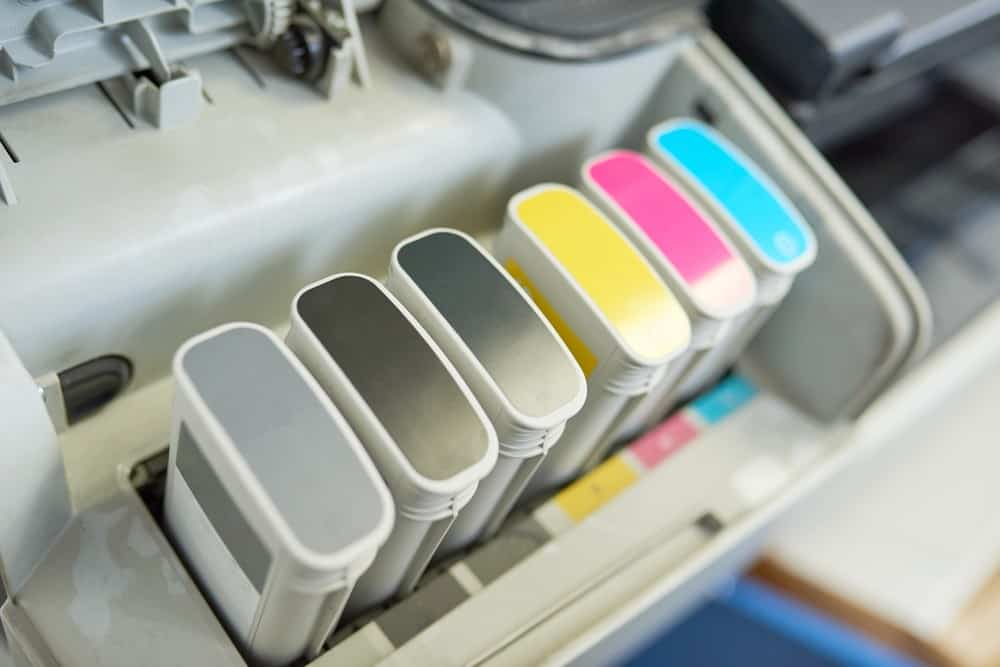


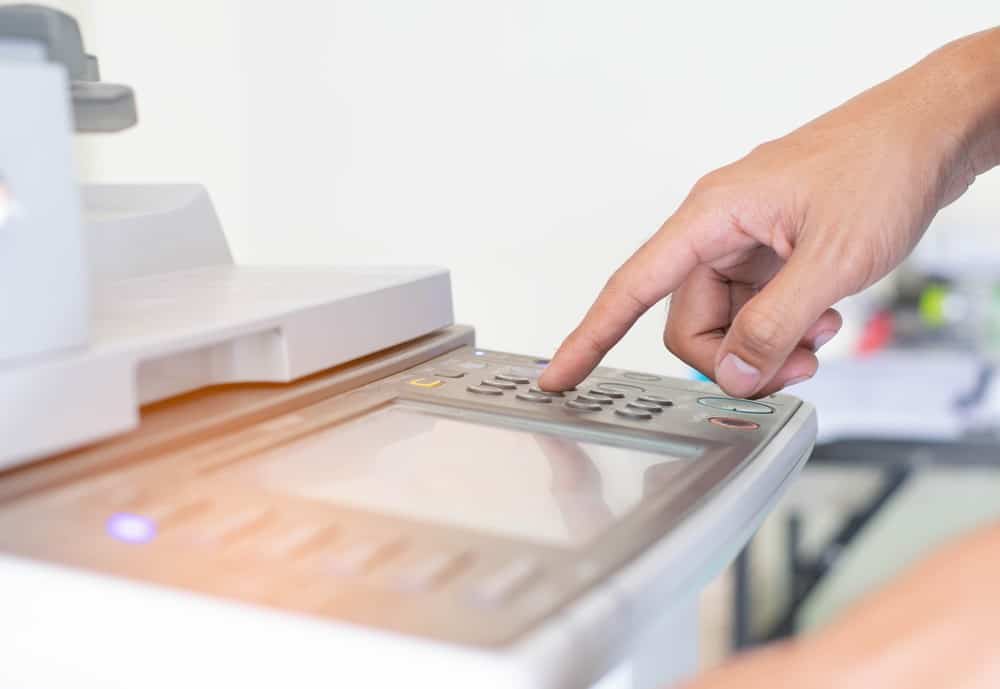
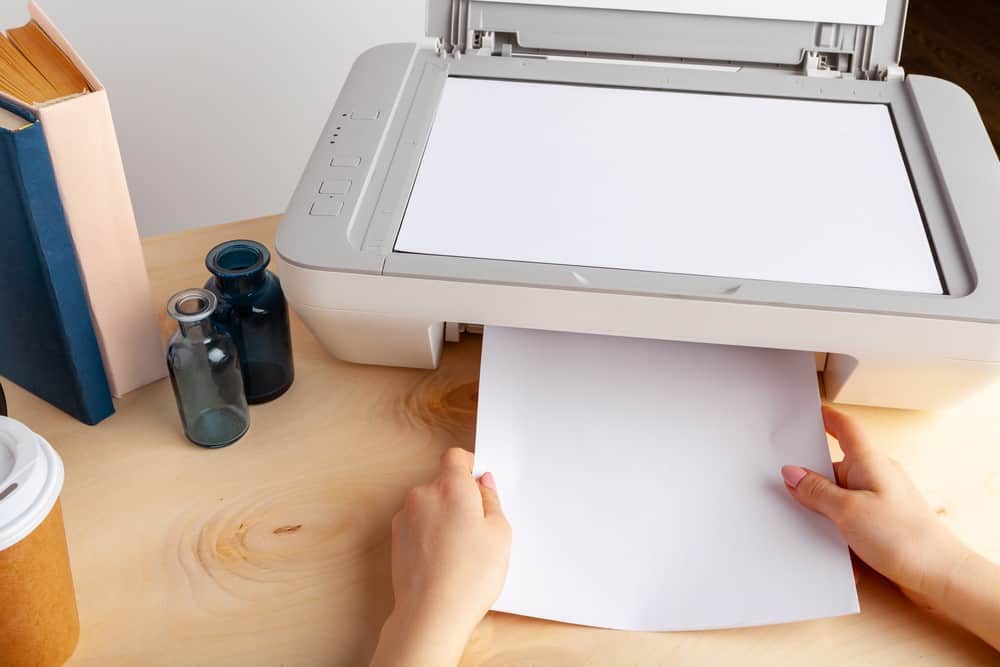

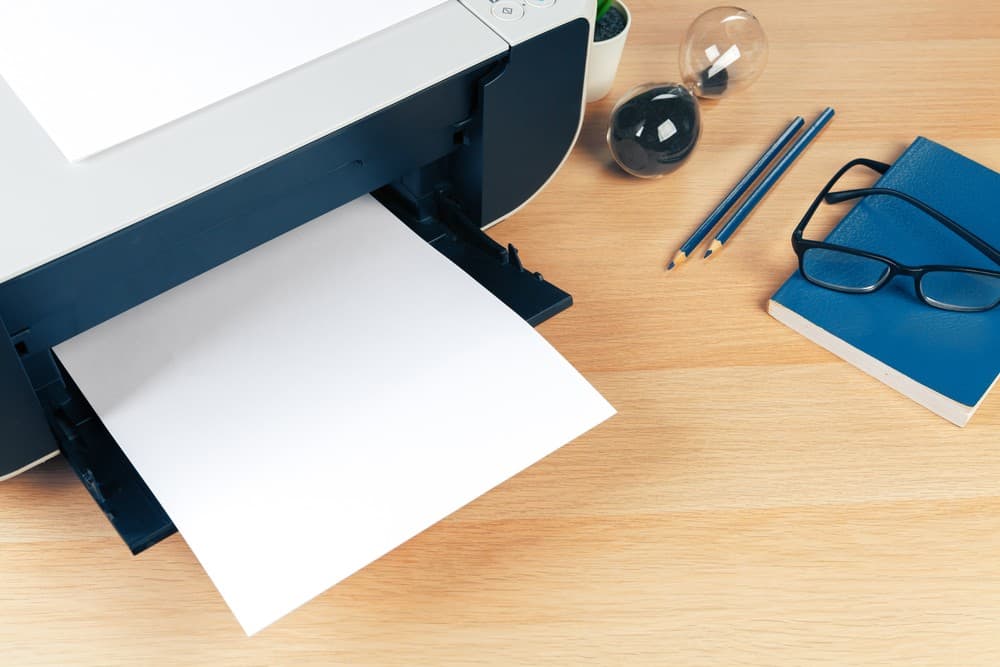
![Best All-in-One Printer in [year] ([month] Reviews) 27 Best All-in-One Printer in 2026 (January Reviews)](https://www.gadgetreview.dev/wp-content/uploads/best-all-in-one-printers.webp)
![Best Home Scanner in [year] ([month] Reviews) 28 Best Home Scanner in 2026 (January Reviews)](https://www.gadgetreview.dev/wp-content/uploads/Canon-TS5120-Wireless-Printer-Scanner-Review.jpg)
![Best BenQ Monitors in [year] 29 Best BenQ Monitors in 2026](https://www.gadgetreview.dev/wp-content/uploads/best-benq-monitor-image.jpg)
![Best Sublimation Printers in [year] 30 Best Sublimation Printers in 2026](https://www.gadgetreview.dev/wp-content/uploads/disable-printer-color-management-image-1.jpg)
![Best Envelope Printers in [year] 31 Best Envelope Printers in 2026](https://www.gadgetreview.dev/wp-content/uploads/best-envelope-printers-imge.jpg)
![Best 3D Printers in [year] ([month] Reviews) 32 Best 3D Printers in 2026 (January Reviews)](https://www.gadgetreview.dev/wp-content/uploads/Zortrax-M200-3D-Printer.jpg)
![Best Barcode Printers in [year] 33 Best Barcode Printers in 2026](https://www.gadgetreview.dev/wp-content/uploads/best-barcode-printers-image.jpg)
![Best Portable Photo Printers in [year] 34 Best Portable Photo Printers in 2026](https://www.gadgetreview.dev/wp-content/uploads/best-portable-photo-printer-image.jpg)
![Best HP Printers in [year] 35 Best HP Printers in 2026](https://www.gadgetreview.dev/wp-content/uploads/best-hp-printers-image.jpg)
![Best Printers for Photographers in [year] 36 Best Printers for Photographers in 2026](https://www.gadgetreview.dev/wp-content/uploads/best-printer-for-photographers-image.jpg)
![Best Printers for Teachers in [year] 37 Best Printers for Teachers in 2026](https://www.gadgetreview.dev/wp-content/uploads/best-printers-for-teachers-image.jpg)
![Best iPhone Photo Printers in [year] 38 Best iPhone Photo Printers in 2026](https://www.gadgetreview.dev/wp-content/uploads/best-iphone-photo-printer-image.jpg)
![Best 11x17 Printers in [year] 39 Best 11×17 Printers in 2026](https://www.gadgetreview.dev/wp-content/uploads/best-11x17-printers-image.jpg)
![Best Printers with Cheap Ink in [year] 40 Best Printers with Cheap Ink in 2026](https://www.gadgetreview.dev/wp-content/uploads/best-11x17-printers-image-1.jpg)
![Best Bluetooth Printers in [year] 41 Best Bluetooth Printers in 2026](https://www.gadgetreview.dev/wp-content/uploads/best-bluetooth-printer-image.jpg)
![Best Receipt Printers in [year] 42 Best Receipt Printers in 2026](https://www.gadgetreview.dev/wp-content/uploads/best-receipt-printer-image.jpg)
![Best Canon Printers in [year] 43 Best Canon Printers in 2026](https://www.gadgetreview.dev/wp-content/uploads/best-canon-printers-image.jpg)
![Best Compact Printers in [year] 44 Best Compact Printers in 2026](https://www.gadgetreview.dev/wp-content/uploads/best-compact-printer-image.jpg)
![Best Printers For Cricut in [year] 45 Best Printers For Cricut in 2026](https://www.gadgetreview.dev/wp-content/uploads/best-printer-for-cricut-image.jpg)
